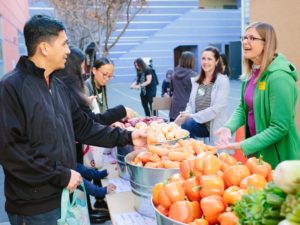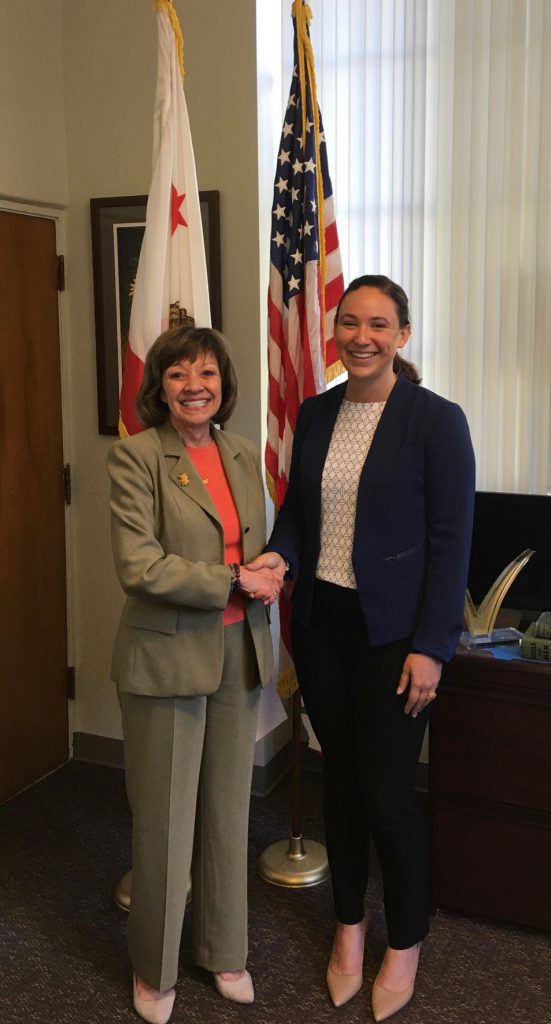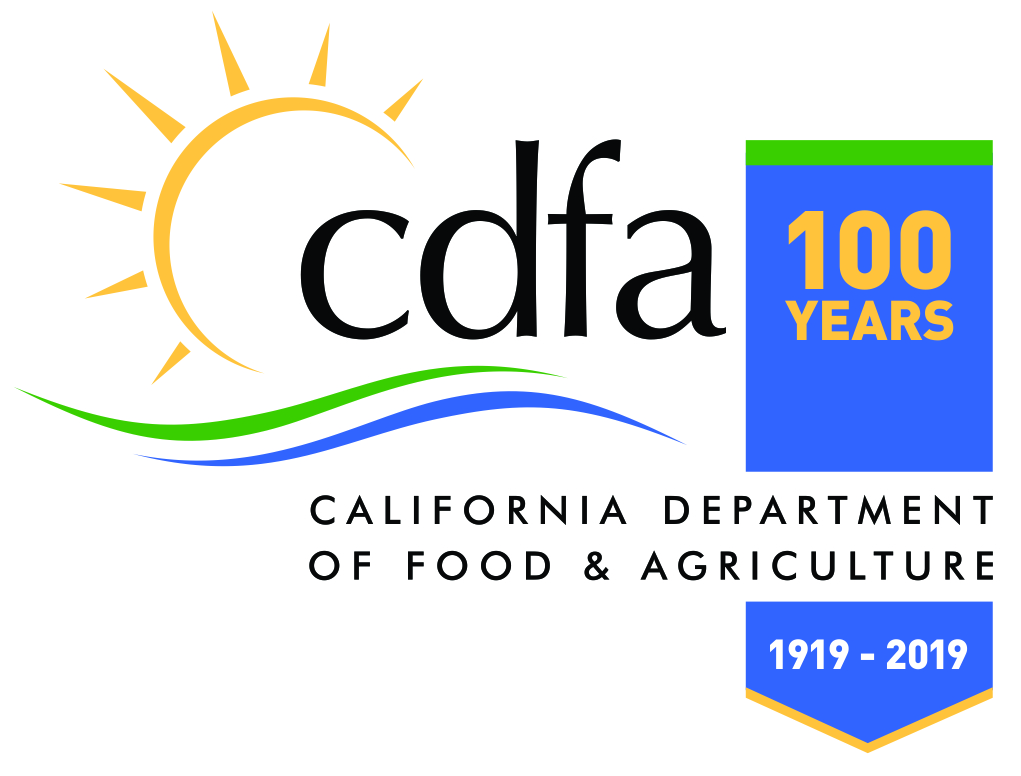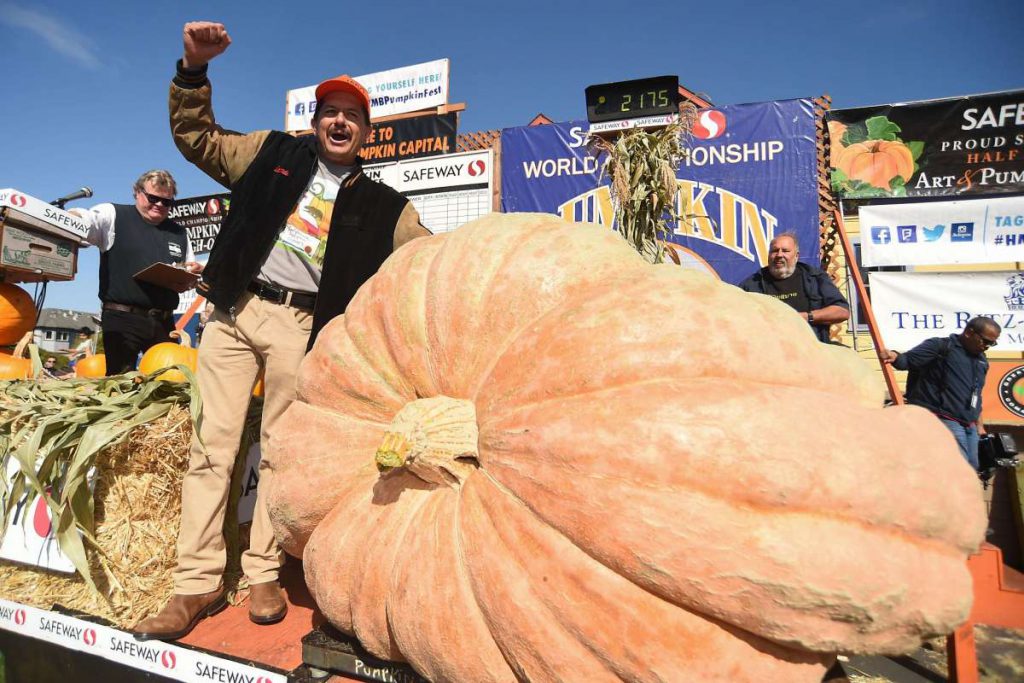By Amanda Little
“I’ve done so many presentations I just never get nervous anymore, but I was nervous before this one — so much new material,” Al Gore said (earlier this month) as he launched into the latest iteration of “An Inconvenient Truth,” the slide show that won him an Oscar, a Nobel Prize and a Grammy. Gore had invited 300 guests — chefs, farmers, food executives and activists — to “The Climate Underground,” a two-day conference last week at his family farm here that explored the intersection of food, climate change and sustainable agriculture.
Some 40 panelists, most of them farmers and scientists, took the stage to discuss topics from healthy soil to carbon sequestration, but the main event was Gore’s slide show, delivered with his characteristic mix of bravado and humility, detailing the impacts of climate change on food systems worldwide.
“This is in Georgia; a heat wave cooked these apples before they could be harvested,” he said, issuing forth rapid-fire examples alongside bone-chilling images and video. “This is the Australia wine region that’s going to be untenable. . . . Rice yields in 80 percent of Japan have declined due to the rising temperatures. . . . In nearby Murfreesboro, Tenn., we’ll see a quarter decline in soybean yields within the next 30 years.”
Gore spent the better part of 90 minutes detailing the pressures of drought, heat, flooding, superstorms, “rain bombs,” invasive insects, fungi and bacterial blight on food producers. “We may be approaching a threshold beyond which the agriculture that we’ve always known cannot support human civilization as we know it,” he declared in a low growl. “That’s something we need to avoid.”
Alice Waters, who Gore said catalyzed his interest in food and who had volunteered to cook the vegetarian lunches served to attendees (using local, seasonal and organic ingredients, natch), said the presentation was bittersweet: “I am deeply depressed. But on the other hand, the solution seems so, so unbelievably transformational. . . . We can restore the health of the planet while also restoring the health of people and communities.”
Naomi Starkman, editor-in-chief of Civil Eats, which covers news on sustainable agriculture, was similarly fraught: “Gore spoke with such devastating and fierce clarity, connecting the dots between the ways agriculture is implicated in and impacted by the climate crisis. But it also felt like a hopeful moment wherein agriculture, and farmers in particular, are taking a front-and-central place in solving one of the most urgent issues of our time.”
Mark Bittman, the former New York Times food columnist, was more circumspect: “There are ways in which the conversation here isn’t quite realistic. Regenerative agriculture is not about increased yield, it’s about producing more of the right food in the right ways. … But kudos to Al Gore for taking it on. There’s no more important conversation to have.”
I sat down with the former vice president to dive deeper into the details. Edited excerpts of our conversation follow:
Q: The main way most humans will experience climate change is through its impact on food: Is this a fair statement?
A: Ever since 2015, it’s been clear that the impact on the food system was underestimated in previous years. And there is a natural resistance that many of us have had to getting too concerned about the food system. Food insecurity had been declining steadily for the last couple of decades, just as extreme poverty had been declining. But in the last couple of years, that too has changed, and the principal reason is the climate crisis. Africa, by mid-century, will have more people than either China or India. And by end of century, more people than China and India combined. And you combine that with the impact of the climate crisis on subsistence agriculture in Africa, the importance of subsistence agriculture in Africa, the poor quality of the soils, the persistent problems of land tenure, and the economic and social structures that discourage good stewardship of the land, then, wow. We really need to wake up quickly to the serious crisis that could develop there.
Q: What are the most crucial policy measures that need to be taken to encourage regenerative farming in the U.S. and climate-smart agriculture broadly?
A: We need leadership to completely refocus USDA to completely change the system of farm subsidies to stop the massive subsidies for crops that are not eaten by people, that go to biofuels, that go to animal feed. We should eventually work our way toward a system for compensating farmers for the buildup of soil carbon. That’s not possible yet, partly because we are still developing a measurement of soil carbon buildup that is necessary for the confidence of policymakers and voters that this is not some boondoggle. But eventually, that’s where we need to be.
Q: On one hand you have Bill Gates saying, “The time has come to reinvent food,” and on the other you have Alice Waters and others saying, “Let’s de-invent food, let’s go back to preindustrial agriculture,” essentially. What do you think the role of tech should be?
A: We want a single, magic answer that’s going to solve a big, complicated problem, and I think that in agriculture and food and climate, these systemic approaches are usually more likely to be successful. But technology and science has an important role to play. Measuring soil carbon is one. That team at the Salk Institute has a really interesting proposal to modify roots to sequester more suberin, a form of carbon that stays in the soil for a long time. If their hypothesis is correct, the root structures of food plants can be made much more robust in a way that simultaneously sequesters more organic carbon and increases yields. So that’s technology that is worth exploring and evaluating. In general, the solutions in agriculture are more to be found in going back to some traditional approaches that worked but were discarded because of the pressure for short-term profit maximization. And that includes crop rotation. It includes cover crops to put key chemicals and nutrients back in the soil after it’s been used for a particular cash crop. It includes rotational grazing, which is not without controversy but has been proven to work, at least on farms of this scale.
Q: What role must consumers play in the shift toward sustainable food systems and climate resilience?
A: There’s a danger in focusing on consumer behavior. There’s a danger of giving the impression that the solutions to the climate crisis have to be shouldered by women and men who care enough about it to change their personal choices. They do. But as important as it is to change a lightbulb, it is way more important to change policies. And in order to change policies, we have to have new policymakers. So the most important role that individuals can play is in taking their concern and passion for a better world into the voting booth and turning out in large numbers to overcome the dominance of our political system by big money.
Q: Some permaculture and regenerative farmers that I met with have said that it’s more expensive to farm this way. They can’t afford their own products. How do we address that?
A: I don’t want to deny the premise of your question, but some regenerative farmers have saved a lot of money on their input costs. Now, how do we develop markets for healthier, organic, regenerative-agriculture food? That’s one of the reasons we’re incorporating efforts to get school systems and hospitals and nursing homes and long-term care facilities to provide markets for healthier food.
Q: Still, there are real concerns from middle- and low-income consumers that this is an elitist movement.
A: It hasn’t been very many years since solar panels were considered an elitist movement. And you heard exactly the same critique. “For those who can afford them, that’s fine. But don’t tell me that’s going to be a significant development, because only the wealthy elite are doing it.” Well, that’s not true anymore, because that was the beginning of a movement that drove scale and accelerated the cost reduction curve. And now you’ve got people putting rooftop solar on and community solar, and it is really taking off dramatically. But it started as an elitist movement. The same thing is beginning to be true of electric vehicles. If we can democratize and widely distribute the soil carbon assessment technologies, I don’t think it’s that hard to imagine technology driving the cost down to the point where this can spread more rapidly.
Q: The agriculture industry is so interesting because it is a major driver of the climate problem, but it is also more vulnerable than any other industry to the pressures of climate change.
A: Many pioneers of regenerative agriculture are finding that their farms are more resilient to drought and flood and extreme weather than with the older established farming techniques. Building the health of the soil does not mean just more organic carbon. It also means building the ability of the soil to absorb the higher rainfall events and to withstand drought events more effectively.
Q: One scientist said to me the most delicious fruits are dying because the specialist crops, the ones that we love the most, are hardest to adapt to new circumstances. Of all the crops that are most vulnerable, which would be the hardest for you to live without?
A: Chocolate. Cacao. Absolutely.
Link to article in the Washington Post.








